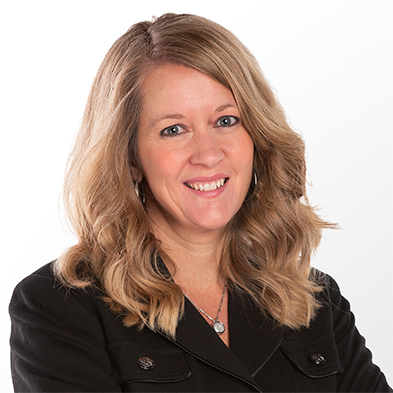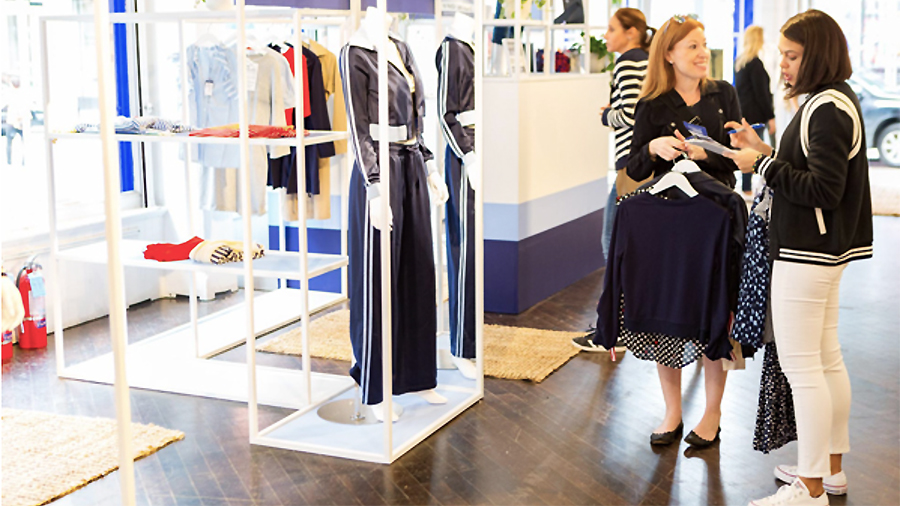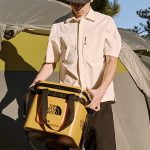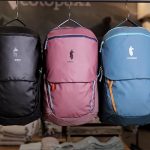Speaking at Goldman Sachs 29th Annual Global Retailing Conference, Jill Timm, CFO at Kohl’s, remains confident that the department store’s efforts to “be a destination for the active and casual lifestyle” shopper will pay off long-term despite active underperforming in the second quarter due to supply chain constraints impacting athletic footwear.
 Timm, shown right, also noted that the active category is challenged by a shifting trend as more consumers dress “a little more formal” with the economy further re-opening. However, she does not expect the overall casualization trend to retreat. Timm said, “We know Americans are going to dress more casually and casually and active go together.”
Timm, shown right, also noted that the active category is challenged by a shifting trend as more consumers dress “a little more formal” with the economy further re-opening. However, she does not expect the overall casualization trend to retreat. Timm said, “We know Americans are going to dress more casually and casually and active go together.”
Active’s underperformance was attributed to supply chain-related challenges in athletic footwear and the strong growth achieved last year. In the second quarter of 2021, active sales surged more than 40 percent year over year and grew over 20 percent compared to the pre-pandemic second quarter of 2019.
During the conference, Timm said its supply chain challenges involve footwear. “We’re not seeing the footwear newness come through,” said Timm. “We expect this to continue to improve in the back half a year but probably not be back to normalization until 2023.”
The CFO noted that excluding footwear, active apparel outperformed the company average that saw a 7.7 percent comp decrease. Timm said the drivers for active apparel’s performance were the “power three national brands,” Nike, Under Armour and Adidas, and the prominent placement at the front of its stores as the chain remodels locations to add Sephora in-store shops. Active apparel also continues to benefit from “newness” from the big three, including the introduction of Under Armour Outdoor, Nike Golf and inclusive sizing in place from all three brands.
Another encouraging sign of the active push is that half of the customers shopping at Kohl’s new Sephora in-store shops are purchasing another item beyond a beauty purchase, and those add-ons tend to come from the active category as well as women and home.
Kohl’s also saw strength in its proprietary Tek Gear athletics brand in the second quarter. Timm noted that one trend Kohl’s saw amid inflationary pressures was consumers trading down to the chain’s proprietary brands. She said Tek Gear played a larger role in complementing Kohl’s national active brand assortments. She said, “You may always want a great performance shoe or sports bra, but you can complement that with a Tek Gear shirt.”
Outside athletics Columbia Sportswear and Eddie Bauer outperformed during the quarter, and Kohl’s proprietary FLX athleisure brand launched in 2020 “has done incredibly well.”
She added, “Footwear is where we see the impact from the supply chain, and it’s going to take some time to get right, but the rest of the newness is flowing in apparel, and we’re seeing that resonate.”
Timm also highlighted the expected benefits from Kohl’s Sephora partnership with Sephora shops recently expanded to 600 doors. Timm said, “It’s performing incredibly well, and it’s going to establish us to be a beauty destination. We think we will have a $2 billion beauty business.”
Timm said Sephora’s elevation of the beauty category had not only been a traffic driver for Kohl’s but it’s brought in a more diverse and younger customer. She added, “If we think of everything that we’re going through from an inflationary perspective, this is the one thing that has a replenishable component to it versus discretionary apparel that we typically sell.”
The first 200 Sephora in-store shops outperformed the chain by mid-single digits when they opened in fall 2021, and now those same 200 doors are beating the chain by high-single digits. The other 400 doors that opened this past spring outperformed the rest of the chain by mid-single digits. Timm added, “As we approach the back half of the year, we’re excited to have 600 doors open, especially for the holidays.”
Kohl’s recently extended the Sephora partnership with plans to bring the beauty brand to all Kohl’s stores.
Other growth priorities cited by Timm included adding new brands to support its casual push, including Tommy Hilfiger, Calvin Klein, Hurley, and Eddie Bauer. Kohl’s also enhanced its loyalty program this year, with its credit card now offering 50 percent more rewards points on purchases.
Kohl’s also continues to test store formats at 35,000 square feet, which could help it reach smaller markets. Said Timm, “We think this could be at least a 100 store expansion over the next several years.” Digital has expanded at a 13 percent CAGR over the last five years and remains a growth priority.
In releasing second-quarter results, however, Kohl’s significantly reduced its guidance for the year due to expectations of lower sales and escalating promotional activity.
“We saw a big change in consumer behavior, specifically in June,” said Timm. “We saw that customers fell off with the uncertainty in the macro environment with inflation in gas and grocery. We sell discretionary items, and when you don’t sell something you need but rather something you want, that’s where the wallet gets a little tight. Value becomes incredibly important.”
Timm also said Kohl’s serves the middle-income customer “who’s probably stretched and impacted the most at this point.” Beyond migrating to proprietary brands, Kohl’s saw consumers buying fewer units per transaction.
In July, Kohl’s invested in promotions to drive its best month for the quarter. Kohl’s expects to remain promotional in the second half to work down inventories, which were up 48 percent at the close of the second quarter.
The higher inventory levels were partly due to elevated in-transit inventory as Kohl’s brought in back-to-school and holiday products early to sidestep supply chain disruption. The higher inventory also reflects investments to support its 400 new Sephora shops and packaway merchandise that arrived late last year, including sleepwear and fleece. Excluding these items, inventory was up 27 percent to 2021 and decreased 8 percent to 2019 levels.
Kohl’s expects promotions and canceled receipts to lead to inventory ending the year up high-teens compared to 2021. Timm said Kohl’s hopefully would be in a position to “chase demand” if the environment turned out better than planned.
Said Timm, “Obviously, the macro environment has been difficult. In the short term, we’re focused on managing down inventory, managing receipts and being more promotional to continue to drive consumer behavior and promote that value orientation of Kohl’s.”
Photos courtesy Kohl’s
















